20151021-maloney-mw23-collection-001
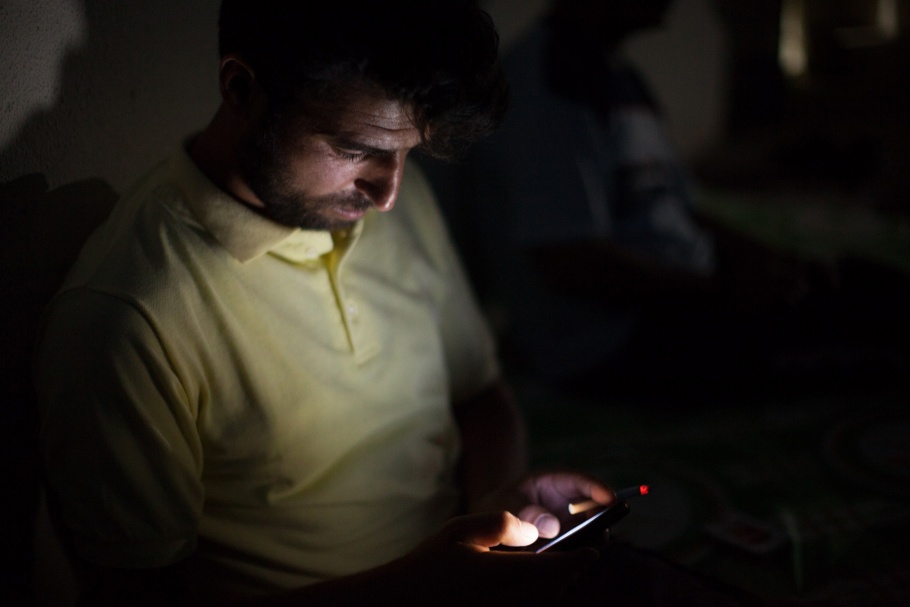
Thirty minutes from the Syria–Lebanon border, 16 families seeking refuge from ongoing conflict in Homs, Syria, live in tents erected inside an abandoned slaughterhouse. At night, they text friends and family still under siege.
Akkar, Lebanon, July 2013
20151021-maloney-mw23-collection-002
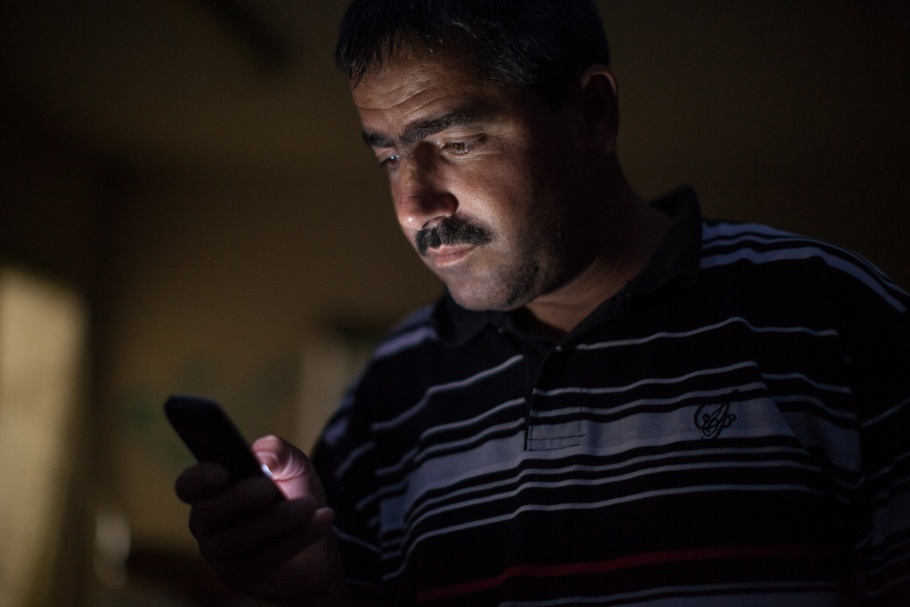
Thirty minutes from the Syria–Lebanon border, 16 families seeking refuge from ongoing conflict in Homs, Syria, live in tents erected inside an abandoned slaughterhouse. At night, they text friends and family still under siege.
Akkar, Lebanon, July 2013
20151021-maloney-mw23-collection-003
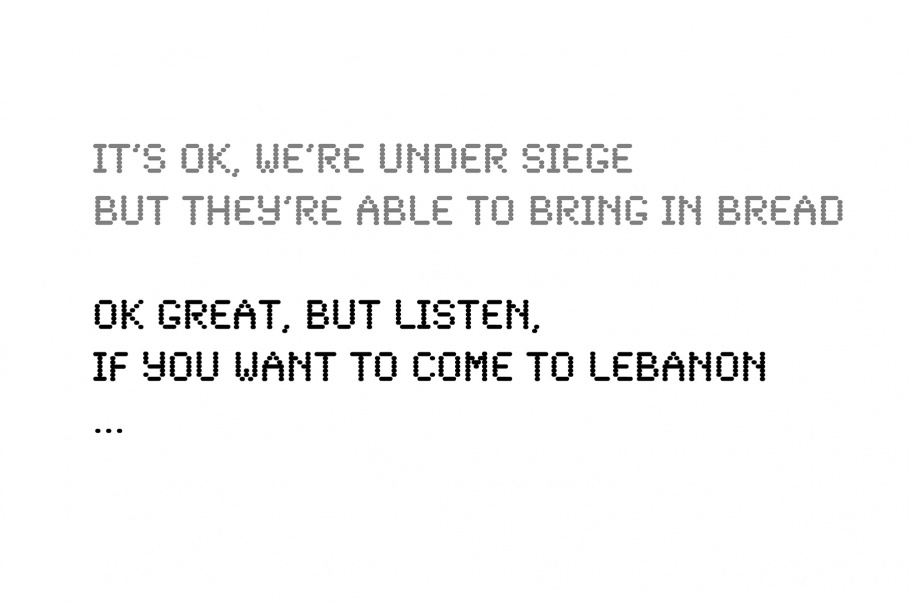
The text, translated from the original Arabic, shows actual messages sent between a refugee in Lebanon and a loved one still trapped in Syria.
Akkar, Lebanon, July 2013
20151021-maloney-mw23-collection-004
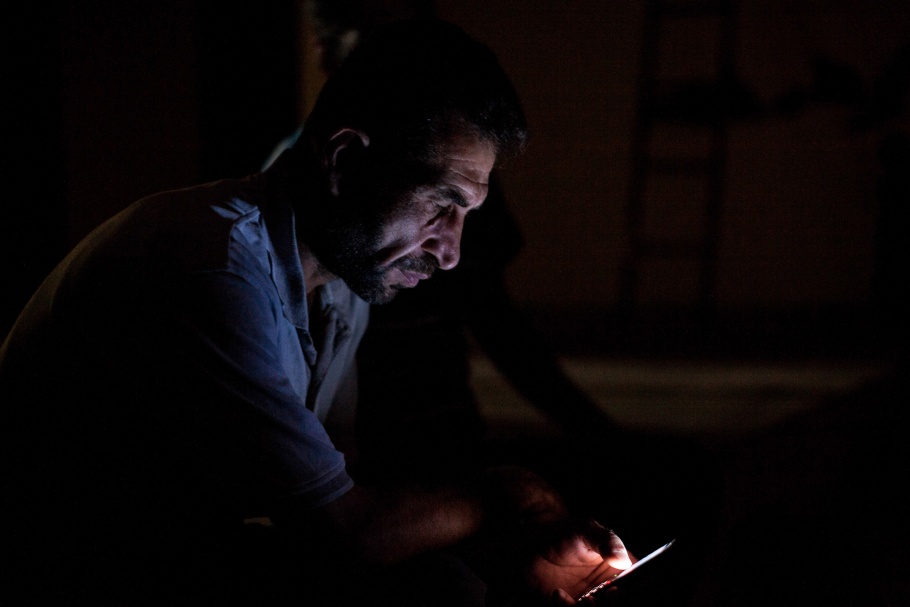
Thirty minutes from the Syria–Lebanon border, 16 families seeking refuge from ongoing conflict in Homs, Syria, live in tents erected inside an abandoned slaughterhouse. At night, they text friends and family still under siege.
Akkar, Lebanon, July 2013
20151021-maloney-mw23-collection-005
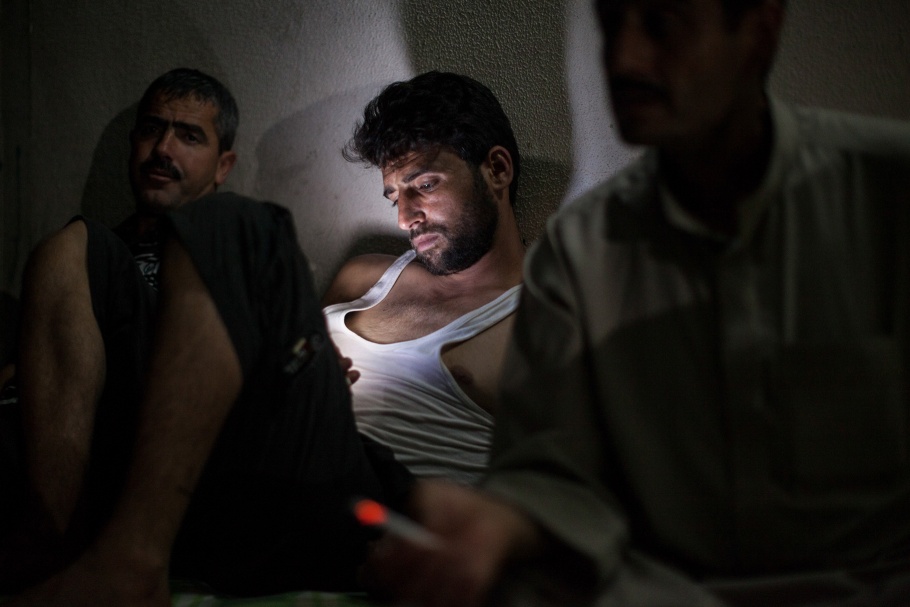
Thirty minutes from the Syria–Lebanon border, 16 families seeking refuge from ongoing conflict in Homs, Syria, live in tents erected inside an abandoned slaughterhouse. At night, they text friends and family still under siege.
Akkar, Lebanon, July 2013
20151021-maloney-mw23-collection-006
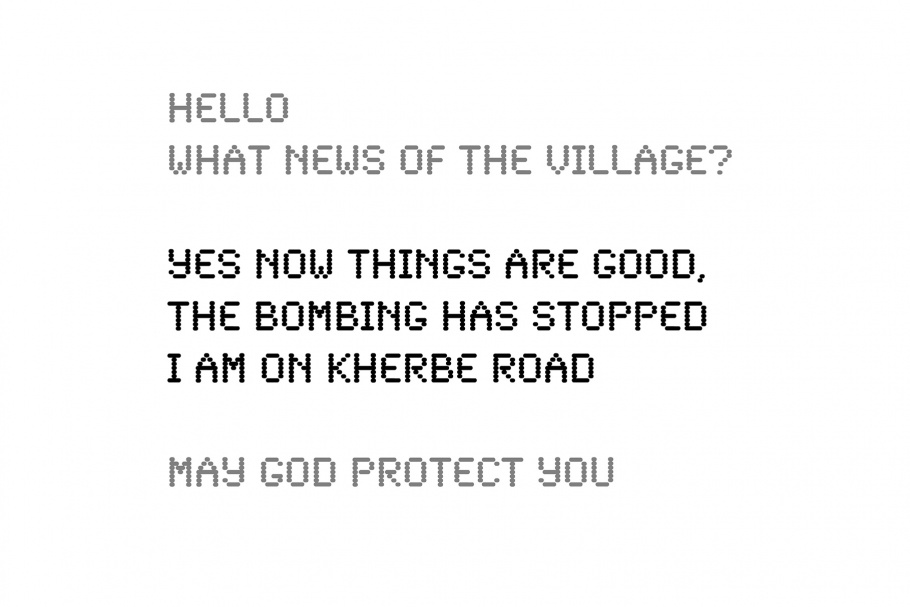
The text, translated from the original Arabic, shows actual messages sent between a refugee in Lebanon and a loved one still trapped in Syria.
Akkar, Lebanon, July 2013
20151021-maloney-mw23-collection-007
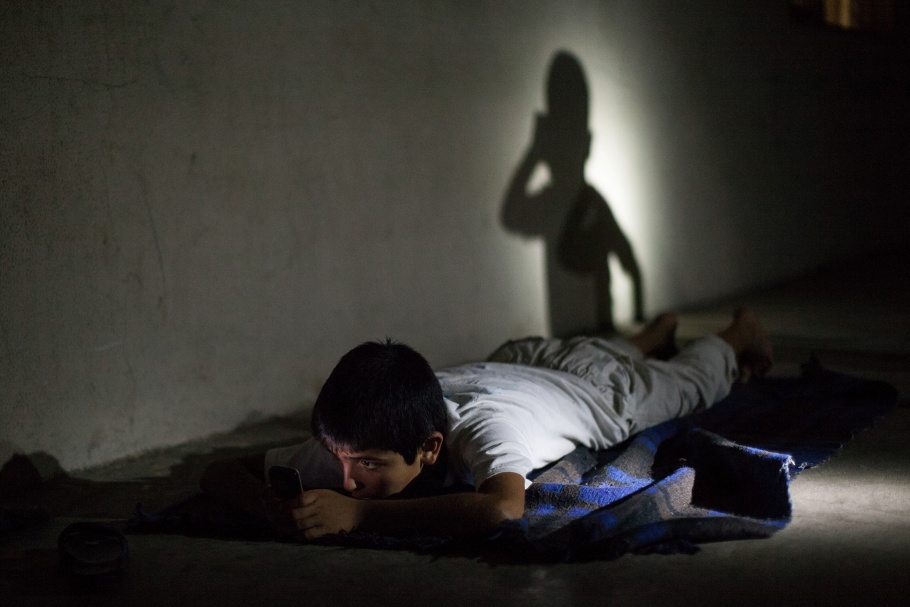
Thirty minutes from the Syria–Lebanon border, 16 families seeking refuge from ongoing conflict in Homs, Syria, live in tents erected inside an abandoned slaughterhouse. At night, they text friends and family still under siege.
Akkar, Lebanon, July 2013
Liam Maloney (Canadian, b. 1975) is a Toronto-based documentary photographer working on stories about conflict and forced migration the Middle East. Central themes in his work are the idea of home and its significance for those who have been displaced, as well as the intersection of technology and intimacy during wartime.
Clients include the CBC, Foreign Policy, the Globe and Mail, the Guardian, Maclean’s, Mother Jones, La Maleta de Portbou, TIME magazine, and VICE magazine. Maloney’s work has been exhibited in large-format outdoor installations in Canada, and at Images: Festival des Arts Visuels de Vevey (Switzerland), Photoville (New York), and Scotiabank Nuit Blanche (Toronto).
Maloney was shortlisted for the Dorothea Lange-Paul Taylor Prize (2014), and has been nominated for the News Photographers Association of Canada’s Picture Story of the Year (2014). Maloney participated in the Eddie Adams Workshop in 2007, holds a RISC certificate in battlefield medical response, and is a member of the Frontline Freelance Network.
Liam Maloney
Texting Syria is an installation exploring the experience of Syrian refugees in the context of connectivity in the digital age. In these portraits, Syrians in Lebanon fleeing the civil war back home use mobile phones to stay in touch with their families who remain under siege in the city of Homs. A mundane and ubiquitous act—checking or sending a text message—is transformed by war into communiqués that can be a matter of life and death.
Viewers are invited to connect to a remote SMS server that streams—directly to the viewer’s phone—a series of actual text messages that were received at the time the photographs were taken. In these messages, we get a glimpse of how technology can help people caught in a horrific war sustain their courage and dignity.
My goal is to create an immersive experience that offers viewers a degree of intimacy often missing from media coverage of this enduring international crisis that has claimed the lives of over 200,000 people to date and has displaced millions. My work aims to question the expectations we have of documentary photography and considers parallel narratives that images alone cannot adequately represent.
Texting Syria is part of a larger ongoing body of work titled Material Remains, a multilayered interactive project about the plight of Syrian refugees and the traces that war leaves behind. Incorporating thermal imaging portraits, SMS messaging, lightboxes, video projections, and audio narratives, Material Remains examines the Syrian conflict in ways that move beyond conventional methods of examining war. It is an attempt to compile a multisensory body of irrefutable evidence that archives the experiences of those who have lost everything in the Syrian war.
—Liam Maloney, October 2015